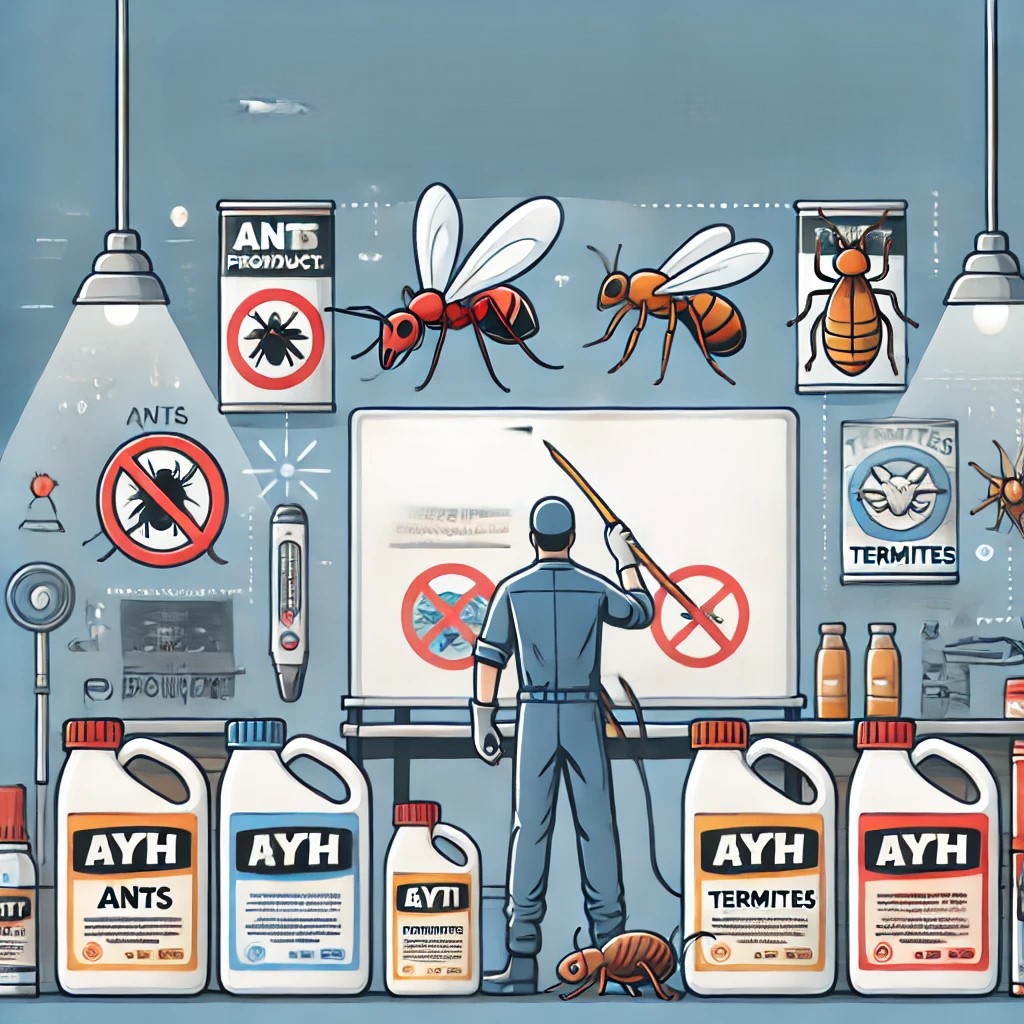
Pest control is an essential aspect of maintaining a healthy and comfortable home environment. However, there is a common myth that all pest control products are equally effective. This article aims to debunk that myth and provide fact-based information on the importance of using the right product for specific pests.
Reality: Not All Pest Control Products Are Equally Effective
Why Pest Control Products Vary in Effectiveness
-
Specificity of Formulation: Different pests require different formulations for effective control. For instance, a product designed to eliminate ants may not be effective against bed bugs or termites. Each pest has unique biological and behavioral traits that must be addressed with tailored solutions.
-
Targeted Action: Some products are designed to target specific stages of a pest’s life cycle. For example, insect growth regulators (IGRs) work by interfering with the development of juvenile insects, but may not kill adult pests. Using an IGR alone for an infestation of adult pests will not yield immediate results.
-
Resistance Development: Pests can develop resistance to certain chemicals over time. This means that a product that was once effective may lose its efficacy if the pests have adapted to it. This is particularly common with repeated use of the same product without rotation.
Examples of Varying Effectiveness
-
Ant Baits vs. Cockroach Baits: Ant baits are formulated to attract ants and contain slow-acting poisons that ants carry back to their colony. In contrast, cockroach baits are formulated differently to attract and kill cockroaches. Using ant bait for cockroaches, or vice versa, will not be effective.
-
Termiticides vs. General Insecticides: Termiticides are specifically formulated to penetrate soil and create a barrier that termites cannot cross. General insecticides may not have the same penetrating ability and will not provide effective termite control.
-
Rodenticides vs. Insecticides: Rodenticides are designed to control rodent populations through ingestion, while insecticides are formulated to target insects through contact or ingestion. Using an insecticide for rodents will not be effective and vice versa.
Fact: Using the Right Product for the Specific Pest and Following Manufacturer Instructions is Crucial for Effective Results
Best Practices for Effective Pest Control
-
Identify the Pest: Proper identification of the pest is the first step in selecting the right control product. Different pests require different treatments, and misidentification can lead to ineffective control efforts.
-
Read and Follow Instructions: Always read and follow the manufacturer’s instructions for any pest control product. This includes dosage, application method, and safety precautions. Proper use ensures the product’s effectiveness and minimizes risks to health and the environment.
-
Consult Professionals: When in doubt, consulting a pest control professional can provide valuable insights and recommendations. Professionals have access to a wider range of products and can tailor treatments to specific pest problems.
Integrated Pest Management (IPM)
Implementing an Integrated Pest Management (IPM) approach can enhance the effectiveness of pest control efforts. IPM involves a combination of methods such as biological control, habitat manipulation, and use of resistant varieties. Chemical controls are used as a last resort and are chosen based on their specificity and effectiveness against the target pest.
Debunking the myth that all pest control products are equally effective is crucial for effective pest management. Different pests require specific treatments, and using the wrong product can lead to ineffective control and wasted resources. Identifying the pest, using the right product, and following manufacturer instructions are key steps in achieving effective pest control.
For more information on pest control and how to protect your home, do not hesitate to contact Eco Fauna Pest Control. We are here to help you with effective and safe solutions.
